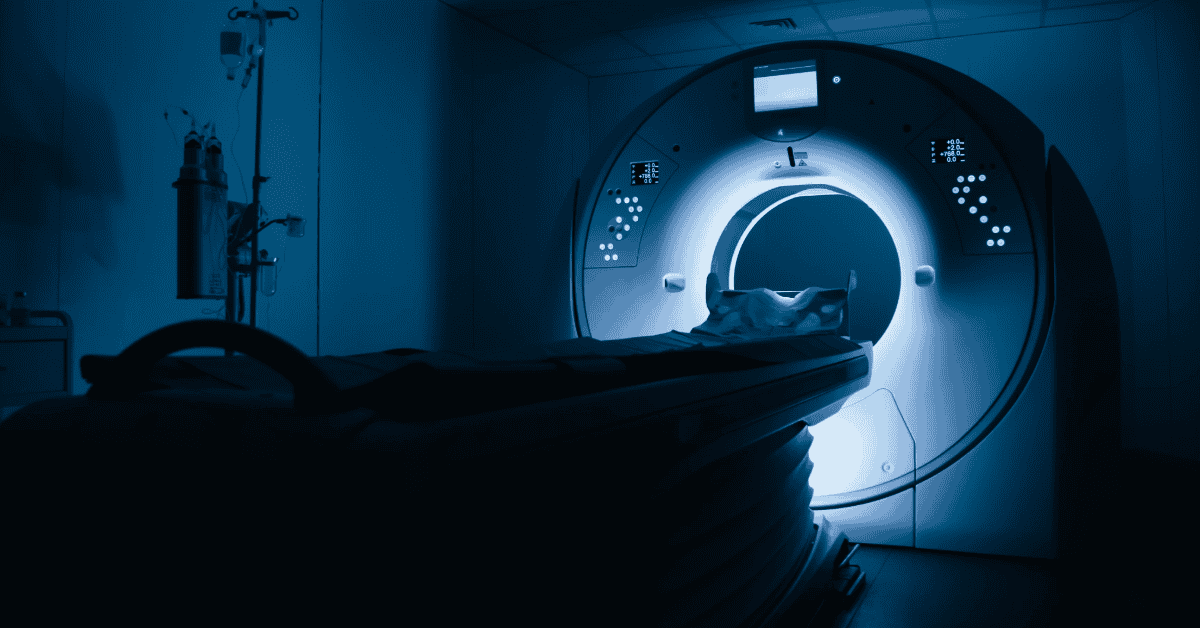How do you help an early-stage prospect move forward with you?
How do you quantify and scope a messy or complex opportunity?
How do you get paid to write a proposal?
The answer to these questions, and many more, is you sell a diagnostic.
A “diagnostic” is a broad term covering many things you might do in the first step of a paid engagement to diagnose the client’s situation or validate their self-diagnosis.
Unbundle the “Thinking”
“There are only two ways to make money in business: one is to bundle; the other is unbundle.”
–Jim Barksdale, former CEO of Netscape
There are four phases to most expert engagements. A diagnostic is an unbundling of these phases into a smaller, more digestible first phase that helps you get missing information and allows both parties to take a first step together, with you getting paid.
The first two phases are the “thinking” phases of diagnosing the client’s situation and prescribing a solution.
The last two are the “doing” phases of the initial application of therapy and ongoing reapplication as necessary.
Selling a diagnostic logically increases your odds of success:
- It’s easier for the client to commit to the briefer, less expensive diagnostic than it is to fully commit to the longer, more expensive project.
- It’s easier for the client to commit to the remainder of the project once they’ve worked with you on a diagnostic.
Beyond the benefit of making it easier for the client to hire you, there are many specific reasons you might sell a diagnostic.
Take Control and Get Paid to Write the Proposal
“Audit,” “discovery,” “analysis” and “workshop” are common terms for diagnostics. Whatever form you use, your diagnostic should be branded and codified in a brief document, typically not longer than one page. This helps you to gently take control of the engagement in the sale. It’s also how you get paid to write a detailed proposal for a technical or otherwise complex engagement.
E.g., “We begin our engagements with a Technical Requirements Audit that helps us gather the information from across the organization and allows us to scope and price some options for solutions. Here’s an overview of the process.”
Help an “Interested” Prospect Move Forward
The most common mistake in the sale of expertise is the overallocation of resources against early-stage opportunities—prospects that are “Interested” in change but lack the intent to do so. These people are a long way from deciding to buy—from anyone—yet salespeople routinely treat them like they’re buying.
I’ll venture that your largest competitor right now is indecision. How many of those dead proposals aren’t being bought because you mistook interest for intent and wrote a proposal for a client that wasn’t ready to buy?
No vision, no decision.
It’s difficult to close on a large engagement with these early-stage prospects but you might be able to close on a diagnostic to help uncover possibilities. The right diagnostic can coalesce in the client a vision of a beautiful future that they must be able to see before they will take risk and commit resources to solving the problem.
Now Close
The two deliverables of a diagnostic are findings (diagnoses) and recommendations (prescriptions). You might be tempted to unbundle these two and price them separately but do not. Ever. Selling findings without recommendations is a sure way to piss off the client and make them feel à la carte-d to death.
After you share the findings and recommendations, then share your multi-option proposal on the different ways the client can proceed with you from here. You’re in a Closing Conversation and you are in control, with the odds stacked in your favor.
So close, like the expert.
Well done.

